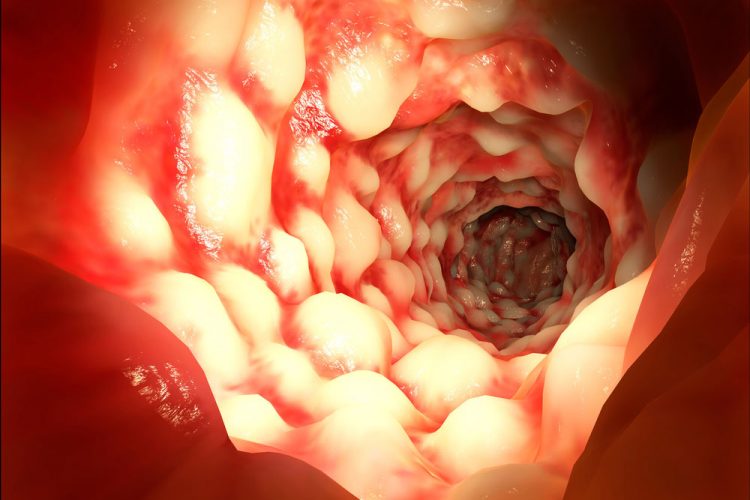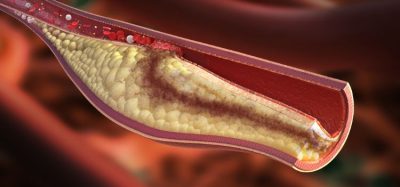ImmunoPET imaging noninvasively pinpoints colitis inflammation
Posted: 6 June 2018 | European Pharmaceutical Review | No comments yet
A novel PET imaging method shows promise for noninvasively pinpointing sites of inflammation in people with inflammatory bowel disease…


A novel positron emission tomography (PET) imaging method shows promise for noninvasively pinpointing sites of inflammation in people with inflammatory bowel disease (IBD), which includes ulcerative colitis and Crohn’s disease.
The U.S. Centers for Disease Control states that approximately three million Americans reported being diagnosed with IBD in 2015 (latest data). Managing patients with chronic bowel inflammation can be challenging, relying on symptoms and invasive procedures such as colonoscopy and biopsy.
In a mouse model of colitis, this study uses PET imaging with antibody fragment probes (immunoPET) to target a specific subset of immune cells, the CD4+ T cells, which are characteristic of IBD.
“CD4 immunoPET could provide a noninvasive means to detect and localize sites of inflammation in the bowel and also provide image guidance for biopsies if needed,” explains Dr Anna M. Wu, Professor of Molecular and Medical Pharmacology at UCLA and director of the UCLA Jonsson Comprehensive Cancer Center’s Cancer Molecular Imaging Program, who headed the project and collaborated with Dr Jonathan Braun, and Dr Arion Chatziioannou, also of UCLA. She adds, “Assessment of CD4 infiltration could also potentially provide a means for detection of subclinical disease, before symptoms occur, and provide a readout as to the efficacy of therapeutic interventions.”
A zirconium-89 (89Zr)-labeled anti-CD4 engineered antibody fragment [GK1.5 cDb] was used for noninvasive imaging of the distribution of CD4+ T cells in the mice with induced colitis, and it successfully detected CD4+ T cells in the colon, ceca and mesenteric lymph nodes. The study demonstrates that CD4 immunoPET of IBD warrants further investigation and has the potential to guide the development of antibody-based imaging in humans with IBD.
Dr Wu points out that the ability to directly image immune responses could have wide applications, saying, “It could unlock our ability to assess inflammation in a broad spectrum of disease areas, including oncology and immune-oncology, auto-immunity, cardiovascular disease, neuroinflammation, and more. ImmunoPET is a robust and general platform for visualization of highly specific molecular targets.”
The study is featured in the June issue of The Journal of Nuclear Medicine.









